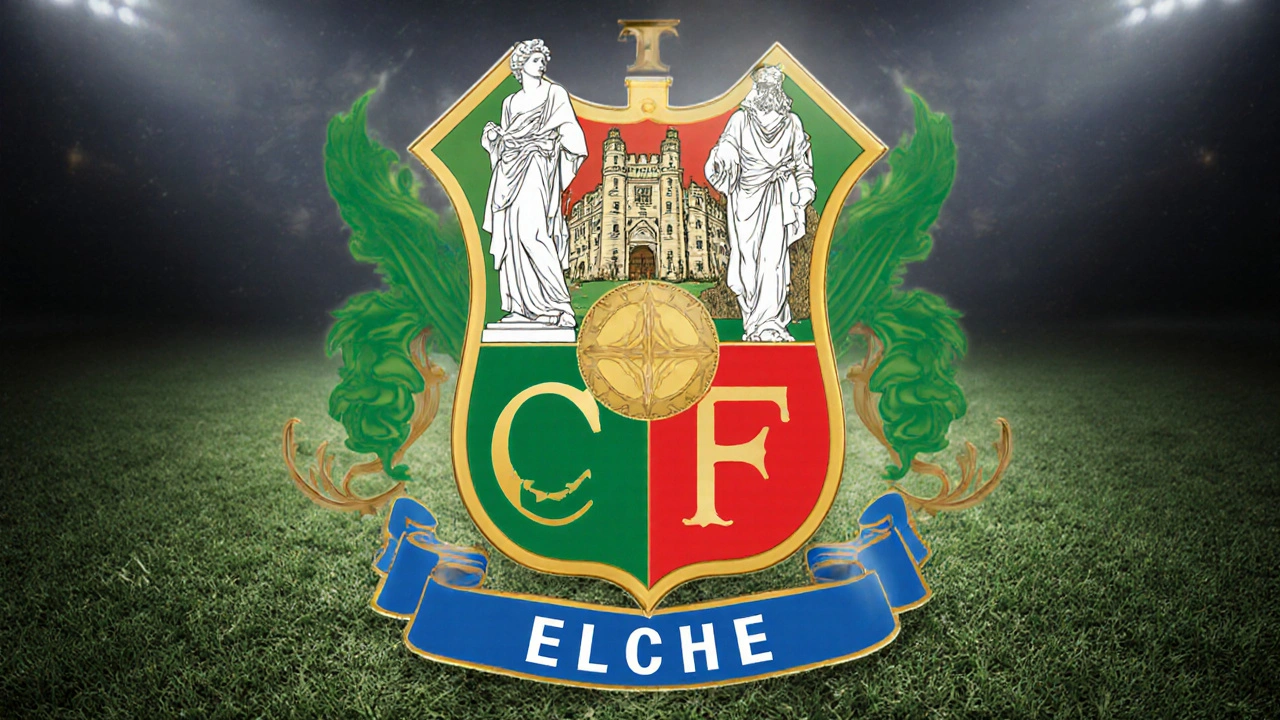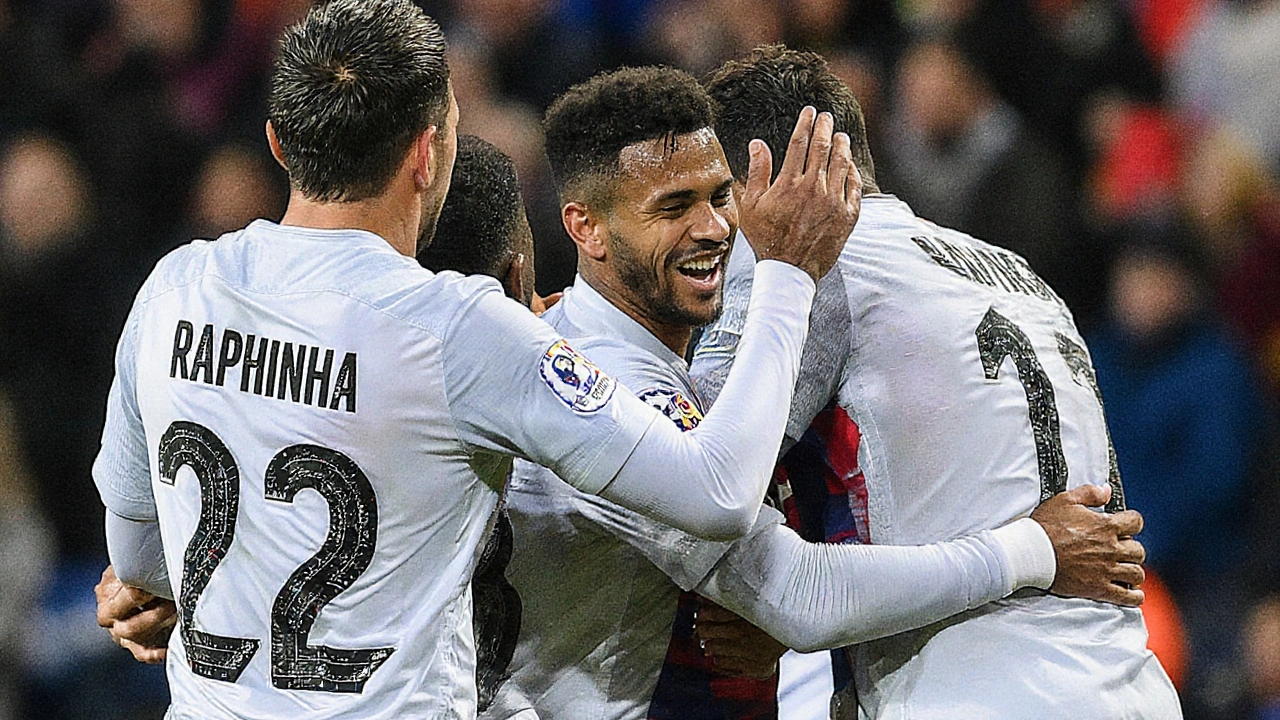Match preview and lineup changes
When Barcelona rolled into Pamplona, the buzz was louder than the crowd at El Sadar. The undefeated La Liga leaders had already racked up seven wins, and manager Hansi Flick was itching for an eighth – a figure that would tie the best start the club ever enjoyed back in 2013 under Gerardo "Tata" Martino.
Flick wasn’t shy about the challenge. In his pre‑match press conference he praised the atmosphere, saying, "Osasuna are very strong at home, having earned 10 points there. The fans are intense, and I love it." The underline was clear: this wasn’t a walk‑over.
Barcelona’s recent 2‑1 win over Getafe had shown a glimpse of vulnerability. Their usual three‑plus goals a game were down, and the attack looked a little rusty. That sparked speculation about who would start, especially with a Champions League knockout against Young Boys looming.
The final XI reflected both caution and confidence. Iñaki Peña guarded the net, taking over from Marc‑André ter Stegen for this trip. The back line was shuffled: Jules Koundé earned a spot, while Alejandro Balde was left out in favour of Gerard Martín. Central defence paired Sergi Domínguez with the youngster Pau Cubarsí, giving Flick a blend of experience and youthful energy.
Midfield retained its creative heart with Pedri pulling the strings, while Eric García added defensive cover. Pablo Torre, a recent breakout, was also named, showing Flick’s willingness to reward form over reputation.
Osasuna, on the other hand, were comfortable with their own set‑up. Goalkeeper Sergio Herrera was between the sticks, and the defensive trio of Alejandro Catena, Enzo Boyomo and Juan Cruz Álvaro promised to make life difficult for any attacker daring to step into the box.

Key moments, tactics and what the result means
The game kicked off under a sky that seemed to echo the fans’ chants. Barcelona stuck to their classic 4‑2‑3‑1, looking to dominate possession early and force Osasuna back onto their heels. The home side, however, leaned into a compact 4‑4‑2, using the narrowness of the pitch to clog passing lanes.
Right from the first half, Barcelona’s high press tested Osasuna’s defenders. Pedri’s quick one‑twos with the forwards carved out a few half‑chances, but the ball often found its way out to the flanks where Osasuna’s wingers tried to exploit the space left by Barcelona’s advancing full‑backs.
The first breakthrough came in the 23rd minute. A clever diagonal ball from Pedri found Jules Koundé making a late run into the box. Koundé nodded past Herrera, and the ball slid to the far post where a leaping forward tapped it home. The roar from the Pamplona crowd was deafening, and the scoreline forced Barcelona to rethink their approach.
Flick responded by pulling the midfield back a notch, adding an extra defensive midfielder to shield the back four. The change gave the team more stability but also dampened their attacking fluidity. Osasuna seized the moment – a quick counter‑attack saw Catena unleash a thunderous strike from just outside the area, leveling the game at 1‑1.
As the second half unfolded, the match turned into a chess game. Barcelona’s wingers tried to stretch the defence, while Osasuna’s midfielders dropped deeper to block passing routes. The pace slowed, but the stakes rose. Every foul felt like a potential turning point, especially with the Champions League fixture just days away.
- Barcelona’s possession hovered around 58%, showing they still controlled the tempo.
- Osasuna generated 7 clear‑cut chances, proving the venue’s intimidating reputation isn’t just talk.
- Both goalkeepers made crucial saves – Peña with a reflex dive on the edge of the box, Herrera with a fingertip stop from a low drive.
In the 78th minute, Barcelona finally found the net again. A swift combination between Pedri and the forward created space on the right. The ball was whipped in, and a late‑arriving midfielder headed it past Herrera for a 2‑1 lead. The stadium fell silent, but the Catalans didn’t relax. Flick introduced a fresh attacking option, hoping to add fresh legs for a final push.
The final ten minutes were a scramble. Osasuna threw men forward, looking for an equaliser. Barcelona, now defending a slim lead, fell back into a disciplined block, using the midfield duo of García and Torre to beat the press.
When the whistle finally blew, the scoreline read 2‑1 in favour of Barcelona. The result kept their unbeaten run intact and gave them the coveted eighth victory, tying the historic start set nearly twelve years ago.
Beyond the three points, the match served as a reality check for Flick. The narrow margin exposed defensive lapses that could haunt them against stronger European opponents. It also highlighted the depth of Barcelona’s squad – players like Gerard Martín and Pablo Torre stepped up when called.
For Osasuna, the loss was a bitter pill, but the performance reinforced why El Sadar is one of La Liga’s toughest places to play. Their ability to pressure a top‑side team for most of 90 minutes will fuel confidence for the next few fixtures.
Looking ahead, Barcelona now faces Young Boys in the Champions League. The lessons from Pamplona – tighter defending, smarter rotations, and maintaining attacking sharpness – will be crucial. If they can carry the momentum forward, the record‑breaking start could become more than a statistic; it could set the tone for a title‑winning season.


Comments (20)
Life's a game of little moments, and that 2‑1 win in Pamplona shows Barcelona's grind beats flash. Even with a shaky start they kept the dream alive.
Honestly, that narrow victory just exposes Flick's over‑reliance on Pedri; if they can't break down a disciplined back line, the Champions League will be a nightmare.
Got to love how the squad rotated – Peña stepping in and still pulling off a clean sheet 🙌. Shows depth matters when you're chasing that perfect start.
They say the ref was biased, but really the whole league's a puppet show orchestrated by big money. El Sadar is just another stage for the elite to flex.
The 2‑1 victory in Pamplona may look narrow, but it encapsulates a broader narrative of a team learning to balance ambition with pragmatism. Flick’s decision to start the young goalkeeper Iñaki Peña was a calculated risk that paid off, demonstrating trust in the club’s developmental pipeline. The early goal by Jules Koundé forced Barcelona to confront the reality that even a forward‑pressing side can be caught out by a well‑timed run. By pulling an extra midfielder into the double‑pivot, Flick sacrificed some attacking fluidity for defensive solidity, a trade‑off that clearly stabilized the shape. Pedri’s role as the creative hub remained evident, as his quick interchanges continued to stretch the opposition’s compact lines. Meanwhile, the inclusion of Gerard Martín and the youth Pablo Torre illustrated Flick’s willingness to reward form over seniority, a philosophy that could sustain the squad through fixture congestion. Osasuna’s disciplined 4‑4‑2 and their diligent pressing in the midfield forced Barcelona to adapt, showing that tactical flexibility is essential at this level. The statistical edge in possession, hovering around 58 %, did not automatically translate into chances, underscoring the importance of penetration over mere ball retention. The eight clear‑cut chances created by Barcelona were a testament to their relentless work ethic, yet the finishing margin remained slim. Defensive lapses, especially in the transition phase after conceding the equaliser, highlighted areas that need tightening before the Champions League knockout. The late header that restored the lead exemplified the value of set‑piece rehearsals and the presence of aerial threats in the squad. From a psychological standpoint, preserving the unbeaten run adds a layer of confidence that can be a decisive factor in tight matches. However, the narrow margin also serves as a reminder that momentum can shift quickly, especially against technically adept European opponents. Looking ahead, the lessons from El Sadar – sharper defensive organization, strategic rotations, and maintaining forward thrust – will be pivotal in the upcoming clash with Young Boys. If Barcelona can integrate these insights while keeping the squad motivated, the historic start to the season could very well evolve into a genuine title‑winning campaign.
True, the win keeps the streak alive and the morale high
Great defensive work from the back.
While the defensive organization was commendable, the lack of sustained attacking threat could become problematic against higher‑calibre opposition.
Barcelona showed resilience, but Osasuna proved they can shake up any giant when they play with heart.
From a tactical analytics perspective, the pressing intensity index spiked in the second half, indicating a strategic shift that paid dividends.
Barcelona kept 58 percent possession the game was a test of patience and tactical discipline the midfield trio of García and Torre provided a shield while Pedri continued to dictate tempo the switch to a deeper block after the first goal slowed the flow but also limited space for Osasuna the counter‑attack from Koundé gave the decisive edge the crowd at El Sadar felt the tension rise the result adds another point to the unbeaten run and sets a tone for the upcoming knockout stage
Exactly, that lock‑down in midfield turned the tide – love seeing such tactical swaps in real time!
For anyone tracking the stats, Barcelona's expected goals (xG) rose to 1.8 after the halftime adjustments, reflecting the increased quality of chances.
One could argue the Catalan spirit thrives on adversity; it's not just football, it's a cultural assertion on the pitch.
That late header was a gut‑punch 😢 – feeling the sting of a close‑call victory every time the ball hits the net.
Haha, the stadium went from roar to silence in seconds – that's the drama we live for! 😆
Can't wait to see how they tweak the defense for the Young Boys clash – they're gonna smash it!
While the win is encouraging it also highlights a need for tighter transitions the data supports this view
Let's be clear: the squad depth shown here is the foundation for any serious title push, and the manager must keep rotating wisely.
In conclusion, the performance exhibited at El Sadar exemplifies a disciplined approach to both possession and defensive organization, thereby furnishing the team with a solid platform for forthcoming continental engagements.